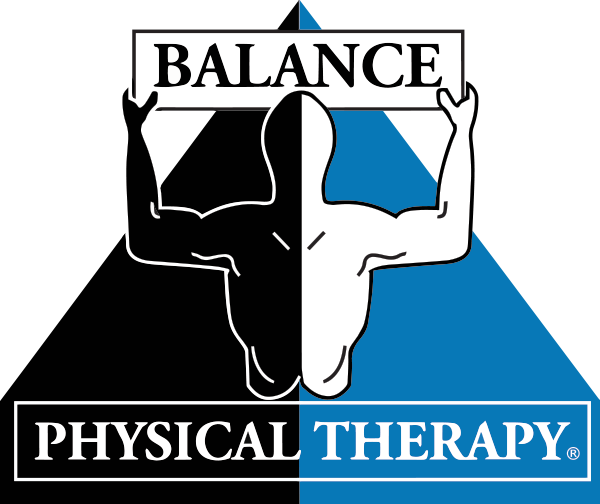By Dr. Maria Suarez PT, DPT
Patellofemoral pain (PFP) has a prevalence of 25% among any population and is most common in adolescents, especially athletes and highly active individuals. This pain is usually characterized by a diffuse pain at the front of the knee that cannot be localized. Activities that aggravate this pain include anything that places a compressive force on the space between the kneecap and the thigh bone (patellofemoral joint), such as stairs, squatting, sitting for long periods of time, running, and jumping.
While PFP does not require imaging to diagnose, it is a diagnosis of exclusion, meaning that other conditions must be ruled out before considering and properly treating for PFP. This is because the cause of PFP is multifactorial and varies from person to person. Some of the risk factors to consider for PFP include:
- Female sex
- Limited quadricep flexibility
- Poor mobility of the patellofemoral joint
- Decreased quadricep muscle strength
- Diminished quadricep muscle explosive strength
Screening
Research is ongoing on what is the best way to both classify and treat PFP since it is so multifactorial among all age groups. The best way that we know to do this, is to look at the individual as a whole and classify them into a category which will guide our treatment plan. When you start physical therapy, we will assess for:
- Hip and core strength
- Knee collapse during activity and hip/knee/ankle alignment during activity
- Too little mobility of the knee region
- Too much mobility of the foot
What can you do?
Hip muscles play a crucial role in what happens to the alignment of our leg during single leg activities such as walking, running, and jumping. When there is weakness in the hip, your pelvis may “collapse” as soon as one of your legs leaves the ground, which may place an inward “collapse” of the knee and aggravate PFP. Stability of the foot also plays an important role in minimizing this “collapse,” which is why we look for excessive pronation of the midfoot. We also know that flexibility of the knee may contribute to PFP, and we pay special attention to the hamstrings, quadriceps, and calf muscles since these are 2-joint muscles that cross the knee and may also place a compressive force on the knee.
Depending on what we see during your evaluation, your treatment plan will likely include some combination of hip stabilization exercises, knee strengthening exercises, foot stabilization exercises, knee flexibility exercises, and arguably the most important, neuromuscular training activities to improve long-term outcomes and reduce the risk of injury in the future.
So, what can you do to become more proactive in treating PFP or reducing your risk of developing PFP? Try these exercises used in clinic to treat PFP:
- Sidelying hip abduction: Begin lying on your side with your bottom leg slightly bent, your top leg straight. Raise your leg up, then lower it back down, and repeat as many times as you can. Briefly rest, then repeat with your foot pointing up toward the ceiling, and with your foot pointing down toward the floor. Make sure to engage your core and do not let your hips fall forward during the exercise. You can try this against a wall to ensure your hip does not bend forward while you raise your leg up.
- Prone quad stretch with strap: Begin lying on your front with your legs straight, holding the end of a strap that is looped around one foot. Pull the end of the strap over your shoulder on the same side of your body, bending your knee, until you feel a gentle stretch in your thigh. Do not let your low back arch during the stretch.
- Arch lifts in sitting: Begin sitting upright in a chair with your feet flat on the ground. Lift the arch of your foot, keeping your toes and heels in contact with the ground. Make sure to avoid gripping with your toes and do not press your ankles outward.
Knee Strengthening Videos!
If your pain persists after these quick fixes, contact us at Balance Physical Therapy to get a detailed evaluation of your knee and rule out other causes of knee pain. We have locations throughout the Central Coast, including Salinas, Monterey, Prunedale, Ryan Ranch, and Watsonville (coming soon!). We offer a wide variety of services to help decrease pain, improve strength and mobility, and optimize overall function. All of our highly trained clinicians will be able to provide you with an individualized program in order to meet your goals and improve your quality of life.

